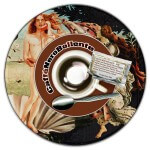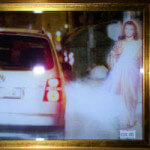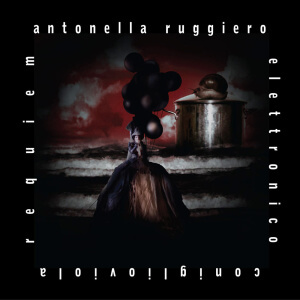Romantici (a family portrait)
Romantici / HDV video / 3’50’’ / 2007
[…] At first glance, “Romantici” looks like a variation on a family photograph from the end of the nineteenth century, revisited with gentle humour, a tribute to Niépce and Daguerre. But the image is immediately shaken up by imperceptible, then more evident movements of the people in front of the camera. In a sort of semantics each body expresses its discomfort at the long wait involved in the daguerreotype pose. This necessary slowness, which photography has now left behind, is recreated thanks to the use of video, which shows a backstage version of the creation of the final image, an exploration of techniques and media without temporal frontiers.
The filming creates a kind of video clip, with music alleviating the slow passage of time, and words which interact beautifully with the images. The work evokes the complexity of ConiglioViola’s universe, where it is difficult to identify the conceptual, musical or visual genesis of the projects and the ideas that unfold like images in a kaleidoscope. […]To return to the image, at a closer look the resemblance between the people posing appears considerably more evident than the likenesses that are usually difficult to make out in family photos, even when you really look for them. It is the same actor playing the various roles, directly involved as an integral part of the work, as often happens in the collective’s work as authors/artists/actors. Identity, perception, objectivity: Pirandello’s One, No One & One Hundred Thousand all lined up together. Each playing the same shared role: intent on keeping their balance, striking a good pose, trying to achieve an image of dignified composure, and find the right way to hold that troublesome bag. Aware of posing for eternity, all responsible for the end result, except the cat, which must adroitly be kept out of the way, oblivious of the importance of the event.[…]
from “We are Romantic” by Laura Serani
in “ConiglioViola. Sono un pirata / Sono un signore” ed. Silvana, 2009

 Previous Post
Previous Post Next Post
Next Post


